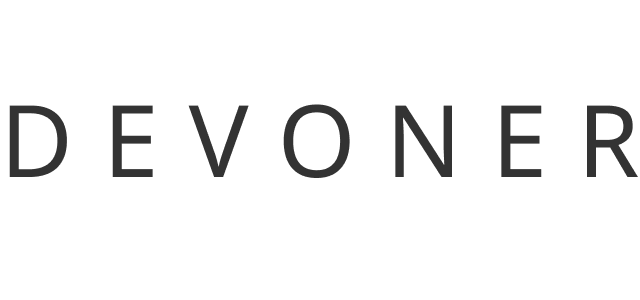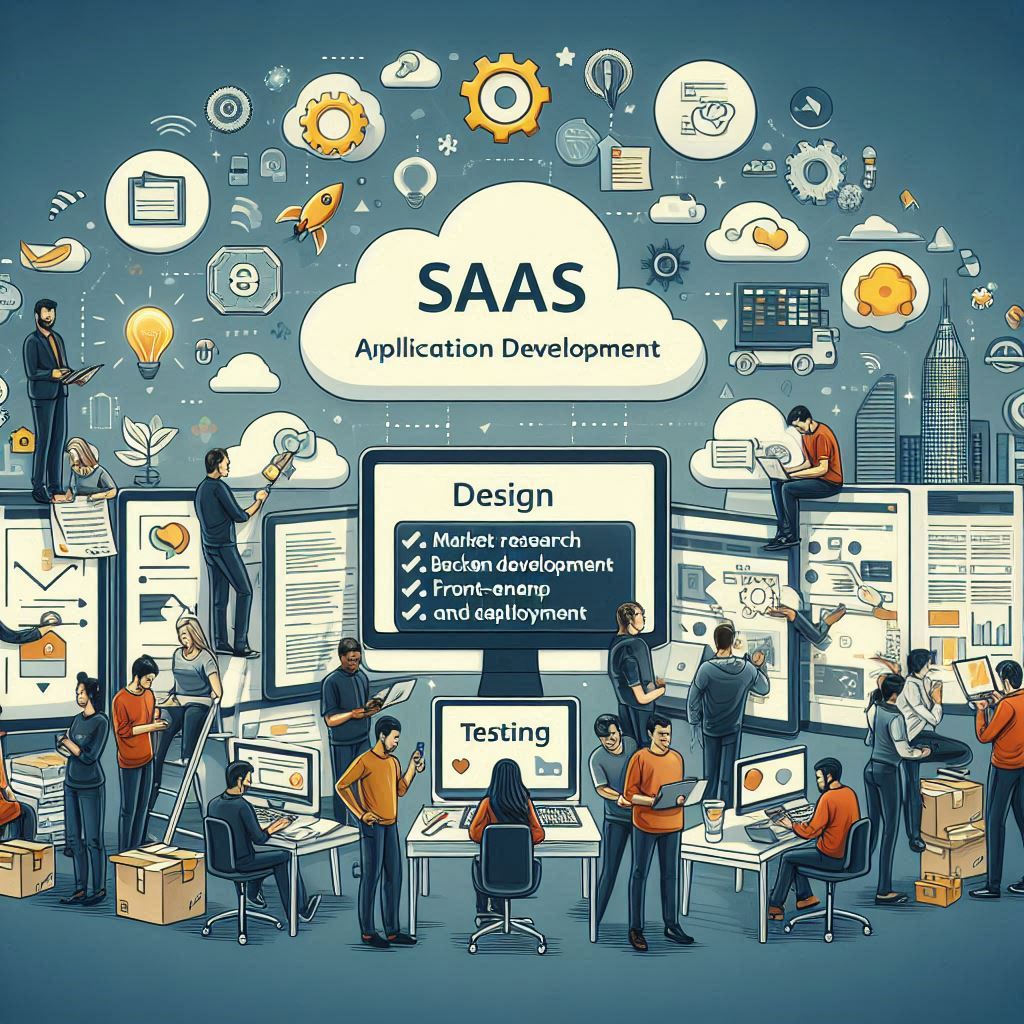In SaaS application development, utilizing cutting-edge cloud infrastructure to build a robust platform is crucial. This innovative approach seamlessly integrates advanced analytics, providing businesses the foundation to create a SaaS application and optimize operations efficiently.
User-Centric Design and Scalable Architecture: Our designs offer unparalleled flexibility for diverse industries, empowering organizations to confidently construct, refine, and deploy their SaaS platforms.
Devoner’s Expertise in SaaS App Development: At Devoner, we specialize in SaaS app development. Our talented software developers excel in leveraging the latest technologies to craft innovative solutions tailored to your business’s unique needs across various industries.
This guide will explore the key components necessary to build a SaaS application, from initial planning to deployment strategies. By the end, you’ll have a clear understanding of how to leverage talent and technology effectively to create innovative SaaS solutions for your business.
Let’s dive in!
Development Process to Build a SaaS Application
Understanding how to build a SaaS application is crucial for businesses entering the cloud computing industry. From conceptualization to deployment, every step plays a crucial role in delivering a reliable and scalable product. Here’s the SaaS software development process for crafting a robust SaaS project.
Step 1: Market Research and Planning
During the discovery phase, practical market analysis and strategic planning are vital for successful product development. Conduct extensive market research to understand the target audience, competitors, and industry trends. Identify market gaps and opportunities that can be leveraged to build a SaaS application.
Thorough planning is essential to define the application’s features, functionalities, and user experience, ensuring alignment with the identified market needs. Outline the pricing strategy, distribution channels, and marketing approach to successfully launch and scale the SaaS product.
By meticulously conducting market research and planning, teams can lay a solid foundation for the SaaS development process that addresses market demands effectively and stands out in the competitive landscape.
Step 2: Design and Prototyping
Transform initial concepts into tangible prototypes and visually appealing designs. Create wireframes and mockups to visualize the application’s layout and user flow, facilitating feedback and iteration.
- User-Centric Design: Understand user needs through research, ensuring an intuitive experience that meets their preferences and enhances satisfaction.
- Scalability: Plan for growth by implementing flexible architecture and scalable technologies to accommodate increasing user demand and evolving requirements.
- Consistency: Maintain visual harmony across the application to reinforce brand identity and ensure a seamless user experience.
- Feedback Loop: Establish a continuous feedback loop with stakeholders to gather insights and refine the design iteratively.
The prototyping and design phase lays the foundation for a user-centric and visually engaging SaaS application, setting the stage for subsequent development and implementation phases.
Step 3: Backend Development
Backend development is pivotal in building a SaaS application, focusing on creating the core infrastructure that powers the entire system. Develop the backend components, including databases, servers, APIs, and other necessary functionalities, carefully selecting and implementing the technology stack that best suits the application’s requirements.
Security measures are paramount during backend development, ensuring data protection and compliance with industry standards. Moreover, scalability is crucial, with SaaS developers employing robust technologies and frameworks to accommodate future growth and increased user traffic.
Step 4: Front-End Development
Front-end development is integral to building a SaaS application, focusing on creating the user interface and ensuring a smooth user experience. Skilled front-end developers use a programming language to design interactive layouts, responsive designs, and intuitive navigation.
- HTML (Hypertext Markup Language): Used for structuring content on webpages, HTML provides the foundation for creating elements such as headings, paragraphs, and lists.
- CSS (Cascading Style Sheets): Responsible for styling the presentation of HTML elements, allowing customization of fonts, colors, layout, and responsiveness.
- JavaScript: A dynamic scripting language that adds interactivity and functionality to web pages, enhancing user experience and engagement.
Step 5: Testing and Quality Assurance
Testing and quality assurance are indispensable components of building a SaaS application. This phase involves comprehensive testing of the application’s functionalities, including unit testing, integration testing, and user acceptance testing.
Skilled QA engineers meticulously examine every aspect of the SaaS application, identifying and addressing any defects or inconsistencies. Thorough security testing is conducted to safeguard user data and prevent potential vulnerabilities. Rigorous quality assurance measures ensure the SaaS application meets industry standards and exceeds user expectations.
Step 6: Deployment and Integration
Deployment and integration are crucial to building a SaaS application, focusing on making it accessible to users and integrating it with external systems. Deployment involves configuring servers, setting up databases, and deploying the application to hosting environments. Integration encompasses connecting the SaaS application with third-party services to enhance functionality and provide a seamless user experience.
- Hosting Environment Setup: Select a trustworthy hosting provider, configure servers securely, and ensure global accessibility.
- Database Configuration: Establish efficient databases to manage application data securely.
- API Integration: Incorporate external APIs and services into the SaaS application to enhance capabilities.
- Continuous Integration and Deployment (CI/CD): Utilize CI/CD pipelines for automated deployment, ensuring dependable releases.
Step 7: Continuous Improvement
Continuous testing and iteration are critical to building a SaaS application that meets the market’s evolving needs. This phase involves ongoing monitoring and evaluation of the application’s performance, user feedback, and market trends.
Analyze metrics and user engagement data to identify areas for enhancement and prioritize feature updates. Adopt agile methodologies to adapt to changing user requirements. Soliciting feedback from users and stakeholders enables developers to gain valuable insights, guiding future development efforts.
Standard Features of a SaaS Application
Exploring the fundamental elements that define a SaaS application is essential for businesses considering adoption. Here are the standard features that characterize a robust SaaS solution.
Admin Side Features
- User Management: Admins oversee user accounts, handling tasks like adding, removing, and adjusting user access.
- Access Control: Admins set granular permissions for user access.
- Dashboard and Analytics: Admins utilize a comprehensive dashboard for insights into usage metrics, user activity, and performance indicators.
- Content Management: Admins create, edit, and manage diverse application content.
- Billing and Subscription Management: Admins manage user subscriptions and handle billing cycles.
User-Side Features
- User Profile Management: Users customize personal information, preferences, and settings.
- Access to Features: Users access a wide array of features based on subscription plans or permissions.
- Collaboration Tools: Users collaborate seamlessly with peers or partners.
- Task Management: Users orchestrate workflows with comprehensive task management capabilities.
- Notifications and Alerts: Users receive timely updates and alerts.
Benefits of Building a SaaS Application
Building a SaaS application offers numerous advantages for businesses seeking to leverage cloud-based solutions:
- Rapid Deployment: Allows for quick implementation of changes, enabling businesses to respond swiftly to market demands.
- Improved Customer Experience: Customizable solutions enhance customer satisfaction and retention rates.
- Integration Capabilities: Seamless integration with other software and systems streamlines workflows.
- Analytics and Insights: Built-in analytics provide valuable insights for data-driven decisions.
- Global Reach: Accessibility over the Internet extends reach to global markets.
- Flexibility and Customization: Tailor applications to workflows, ensuring higher adoption rates and user satisfaction.
Key Takeaway
Understanding how to build a SaaS application presents a compelling opportunity for businesses to streamline operations, enhance customer satisfaction, and stay competitive in today’s digital landscape. With scalability, accessibility, and cost-effectiveness, investing in SaaS product development can yield long-term benefits.
Devoner can be your trusted partner to build a SaaS application, leveraging our expertise in delivering innovative, scalable, and efficient cloud-based software solutions tailored to your business needs.


